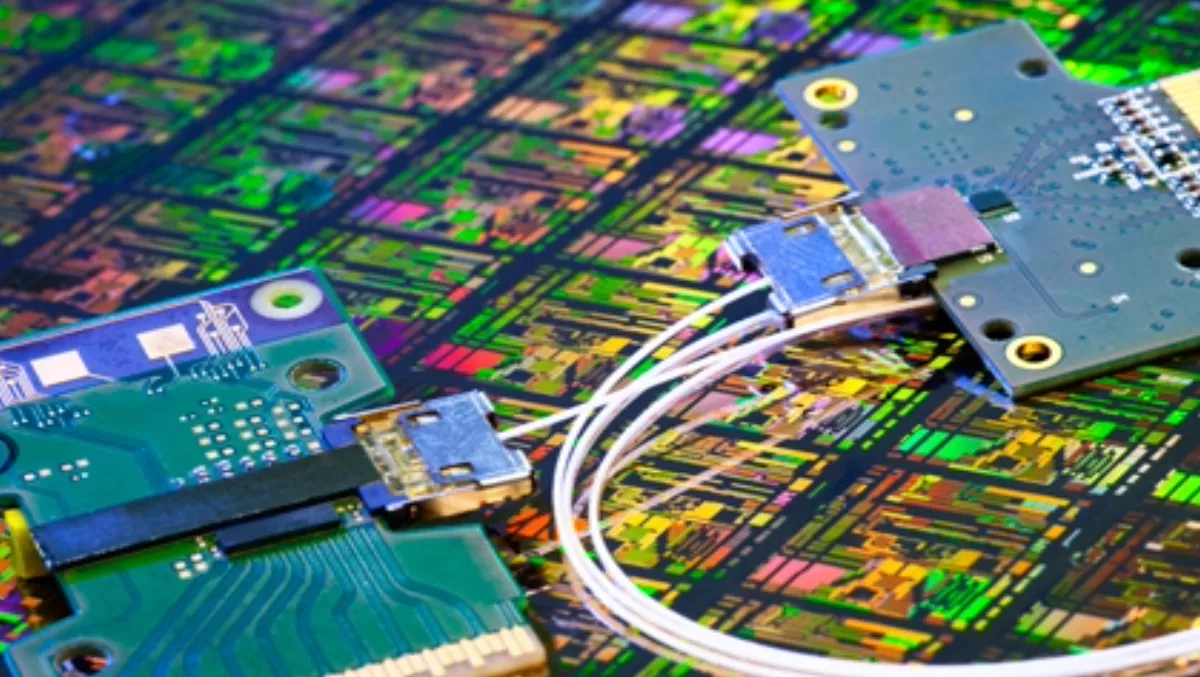
Intel creates lightning-fast silicon optical network
Intel says it has taken an important step forward in the quest to use light beams to replace electrons to carry data in and around computers. The experimental chip is said to move data at 50 billion bits per second (50Gbps).
Implications for the breakthrough could see computer manufacturers having to “completely rethink” traditional system designs from netbooks to supercomputers.
The breakthrough is another step towards replacing copper cables or traces on circuit boards with thin optical fibres that can transfer more data over far longer distances. Potentially this could radically change the way computers of the future are designed as well as alter the way the data center of tomorrow is architected, says Intel.
Bottlenecks in server farms or data centers could also be a thing of the past and there could be some significant operational costs made by replacing many cables with just one optical fibre.
Justin Rattner, Intel chief technology officer and director of Intel Labs, said, “This achievement of the world’s first 50Gbps silicon photonics link with integrated hybrid silicon lasers marks a significant achievement in our long term vision of ‘siliconising’ photonics and bringing high bandwidth, low cost optical communications in and around future PCs, servers and consumer devices.”

